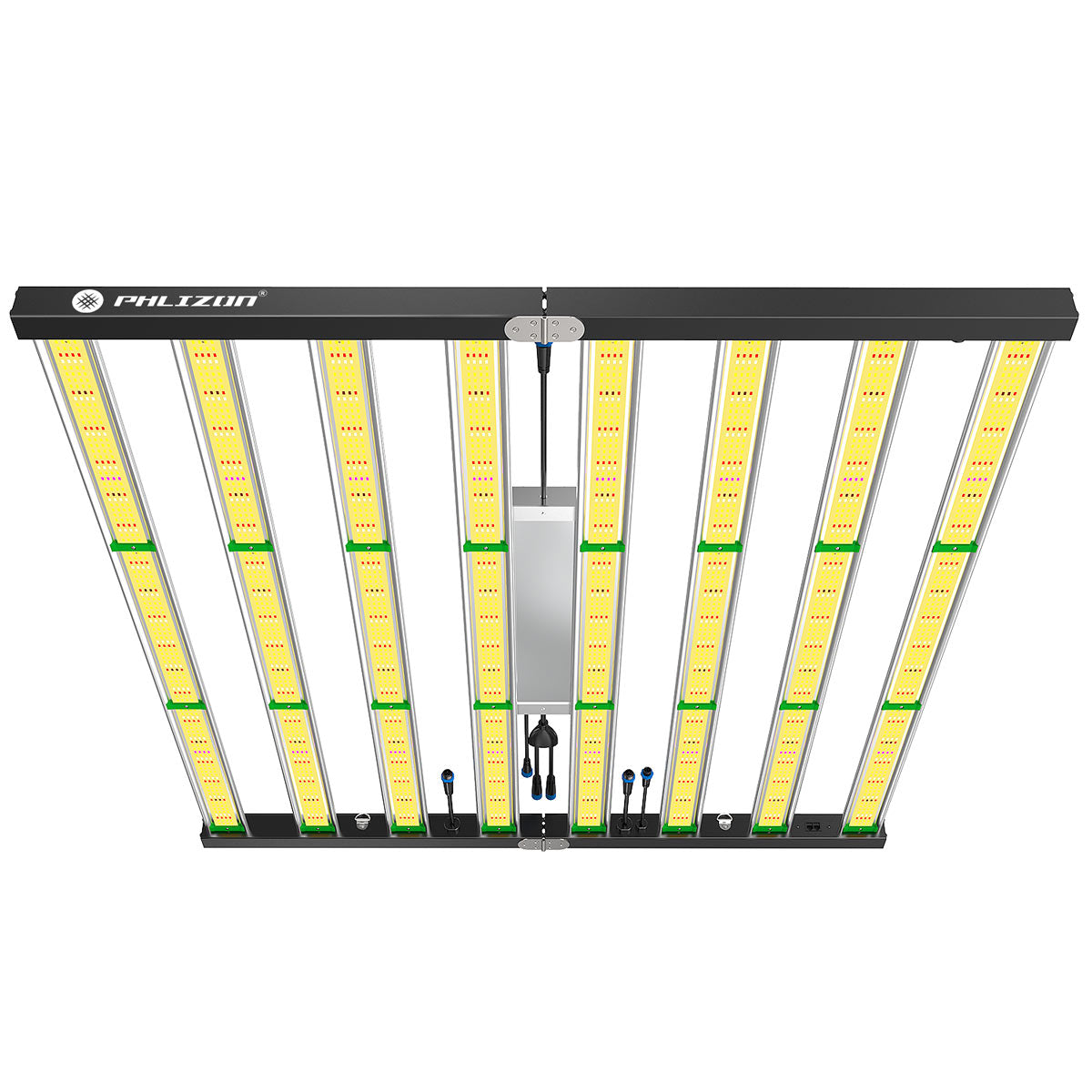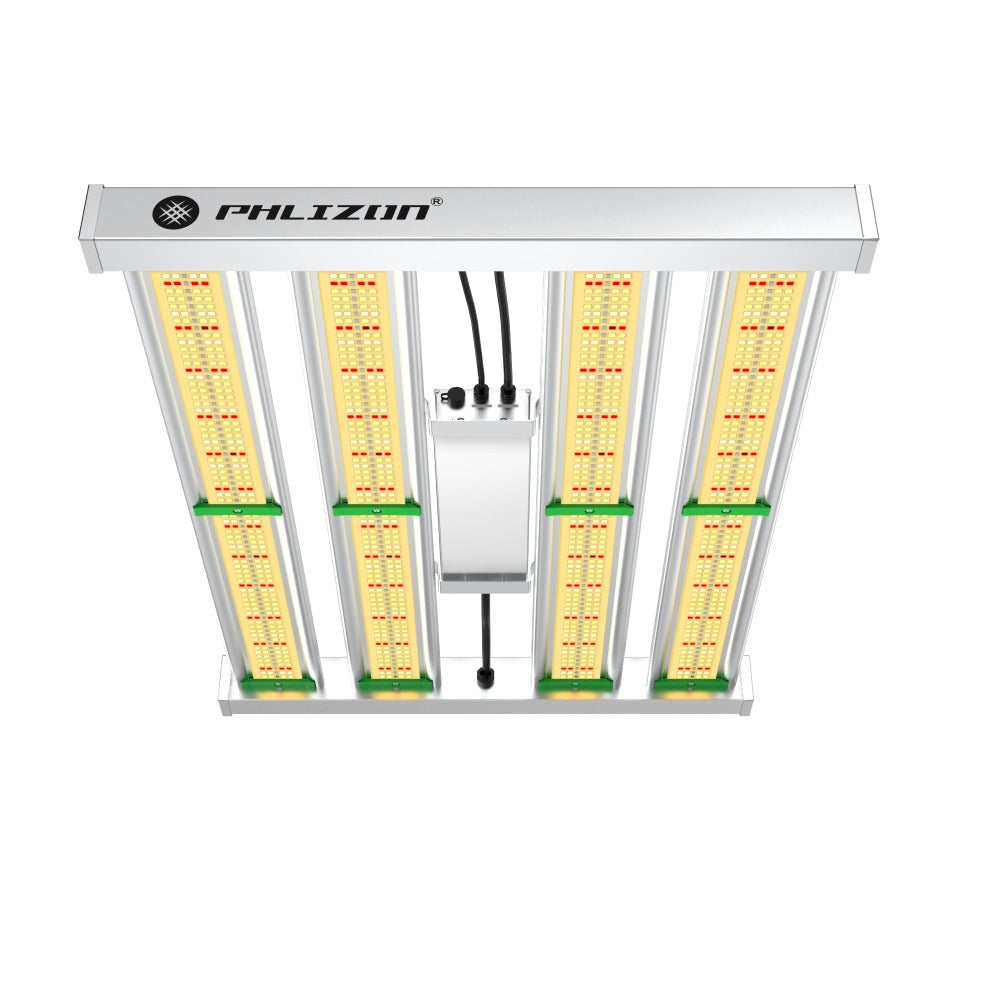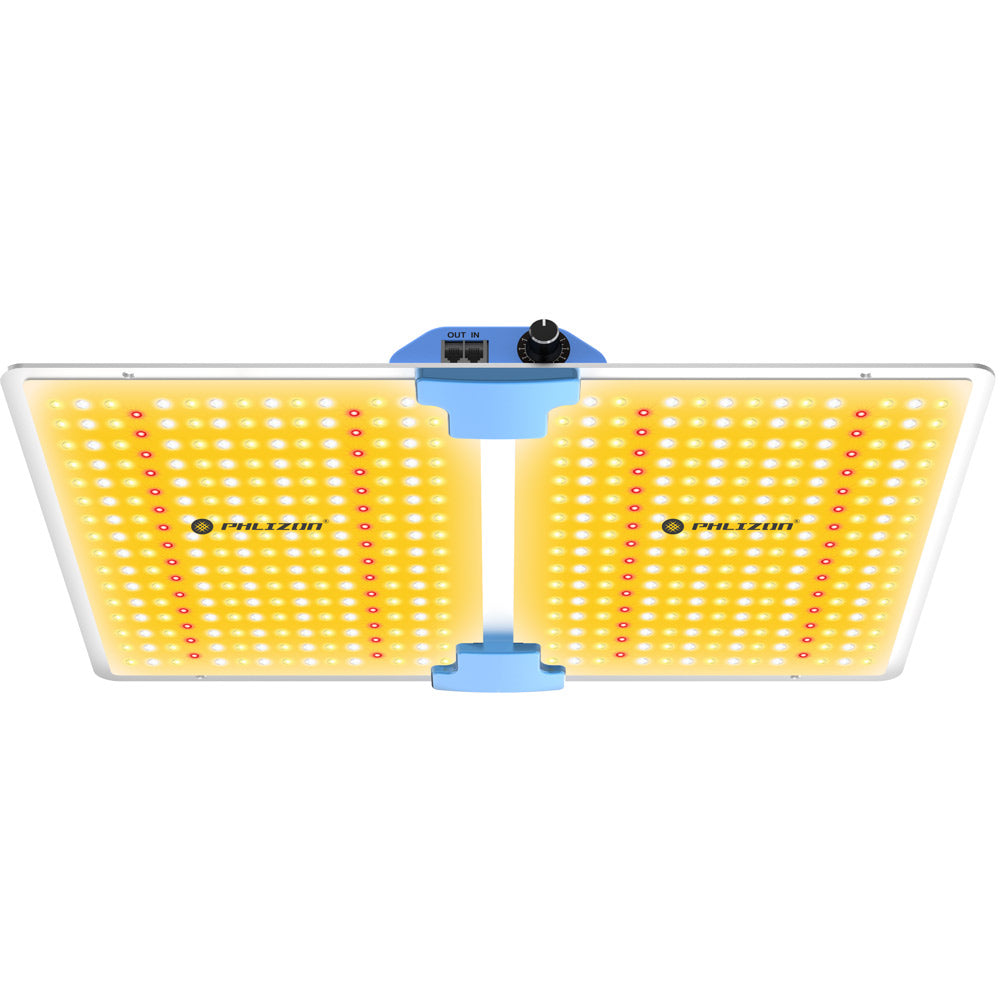Menu
Comprehensive Guige for Beginner: Grow Vegetables Indoor
Comprehensive Guige for Beginner: Grow Vegetables Indoor
Growing your own vegetables indoors is a rewarding and sustainable way to provide yourself with fresh, organic produce all year round. It can be a fun and educational activity for beginners, and you don't need a large outdoor space to get started. In this comprehensive guide, we will cover everything you need to know to get started with indoor vegetable gardening.
Step 1: Choose the Right Location
The first step in indoor vegetable gardening is to choose the right location for your plants. This can be a windowsill, balcony, or any area in your home that receives ample sunlight and has good ventilation. Make sure the area is free from drafts and extreme temperature changes.
Step 2: Select the Right Vegetables
Not all vegetables are suitable for indoor gardening. Some good options for beginners include herbs like basil, chives, and parsley, leafy greens like lettuce and spinach, and small root vegetables like radishes and carrots. Choose vegetables that you and your family enjoy eating, and make sure they are suited for indoor growing.
Step 3: Gather Necessary Supplies
To start your indoor vegetable garden, you will need some basic supplies such as containers, potting soil, seeds, and a watering can. You can use any container that has drainage holes and is big enough for the vegetable's roots to grow. Make sure to use high-quality potting soil, as it will provide the necessary nutrients for your plants to thrive.
Step 4: Planting and Caring for Your Vegetables
Once you have your supplies, it's time to plant your vegetables. Carefully read the seed packets for instructions on how deep to plant them and how much space they need. Keep the soil consistently moist, but not waterlogged. You can use a spray bottle to mist the soil if needed. Fertilize your plants every two weeks with a balanced liquid fertilizer.
Step 5: Provide Adequate Light
Vegetables need at least 6-8 hours of sunlight a day to grow and produce a good harvest. If your plants are not receiving enough natural light, you can supplement with artificial grow lights. Place the lights a few inches above the plants and keep them on for 12-14 hours a day.
Step 6: Monitor and Control Pests
Pests can be a problem for indoor vegetable gardens, so it's essential to monitor your plants regularly. Remove any dead or diseased leaves and keep your plants well-spaced to prevent pests from spreading. You can also use natural pest control methods like neem oil or insecticidal soap.
Step 7: Harvesting Your Vegetables
Harvesting your vegetables is one of the most satisfying parts of indoor gardening. It's best to harvest in the morning when the plants are at their peak of freshness. Use clean, sharp scissors to cut the vegetables off the plant, and enjoy them in your meals right away.
Tips for Success:
1. Rotate your plants every few days to ensure even growth.
2. Keep a gardening journal to track your progress and learn from any mistakes.
3. Use organic methods for pest control to avoid harmful chemicals.
4. Check the moisture level of the soil regularly to prevent over or under-watering.
5. Don't overcrowd your plants, as this can lead to poor growth and increased pest problems.
Is LED Grow Light Good for Indoor Vegetables?
A LED grow light is an artificial light source designed to provide the necessary light spectrum for plants to grow and thrive. It can be used to supplement natural sunlight or as the sole light source for indoor vegetable plants.
When choosing a LED grow light for vegetables, there are a few important factors to consider:
1. Light spectrum: Vegetables require a specific light spectrum to grow and produce healthy fruits and vegetables. Look for a LED grow light that provides a full spectrum of light, including blue, red, and white wavelengths.
2. Wattage: The wattage of the LED grow light will determine its strength and ability to support plant growth. For vegetables, a wattage of at least 50 watts per square foot is recommended.
3. Energy efficiency: LED lights are known for their energy efficiency, so be sure to choose a grow light that has a high energy efficiency rating. This will not only save you money on electricity bills, but it will also be better for the environment.
4. Coverage area: Consider the size of your vegetable garden and choose a LED grow light that can cover the entire area. Some lights have adjustable coverage options, so make sure to check the specifications before purchasing.
5. Durability: Look for a LED grow light that is durable and long-lasting. This will ensure that you can use it for multiple growing seasons without having to replace it.
6. Heat management: LED lights produce less heat than traditional grow lights, but it is still important to choose a model with good heat management to prevent damage to your plants.
7. Brand and reviews: Do some research on different brands and read reviews from other vegetable growers to determine the best LED grow light for your needs.
Once you have chosen the LED grow light for your vegetable garden, make sure to follow the manufacturer's instructions for installation and usage. With the right light, your vegetables will receive the necessary light and energy to grow and thrive.
A LED grow light for vegetables is a type of artificial lighting system that is designed specifically for growing vegetables indoors. It consists of a panel or fixture containing multiple LED bulbs that emit wavelengths of light that are suitable for promoting the growth and development of vegetable plants.
Conclusion:
Indoor vegetable gardening can be a fun and rewarding experience for beginners. With the right location, supplies, and care, you can grow your own fresh and delicious vegetables all year round. Remember to choose the right vegetables, provide adequate light, and monitor for pests to ensure a successful harvest. Happy gardening!
Featured blog
- Choosing a selection results in a full page refresh.

















